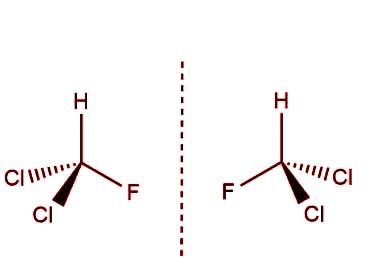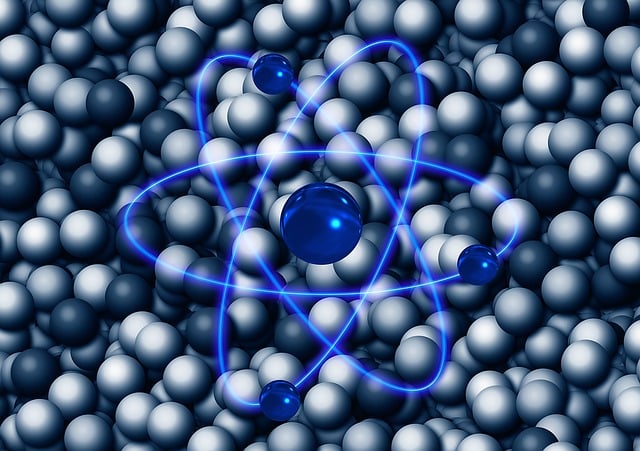6 Difference Between Endpoint and Equivalence Point
The main difference between the endpoint and the equivalence point in a titration is the concentration of the reactants in the solution.
S.NO. | Endpoint | Equivalence Point |
1. | The endpoint is the point at which the indicator changes color, indicating that the reaction is complete. | The equivalence point is the point at which the reactants are present in stoichiometric proportions. |
2. | The equivalence point is determined by the concentration of the reactants in the solution. | |
3. | The endpoint is a visual indication of the completion of the reaction. | The equivalence point is a more precise measurement of the reaction. |
4. | The endpoint is typically used to determine the concentration of a reactant in a solution. | The equivalence point is used to determine the amount of reactant that is needed to completely react with another reactant. |
5. | The endpoint is often used in acid-base titrations. | The equivalence point is used in both acid-base and redox titrations. |
6. | The endpoint is typically determined through the use of an indicator. | The equivalence point is determined through the measurement of the pH or the potential of the solution. |





If you have any doubts, please let me know